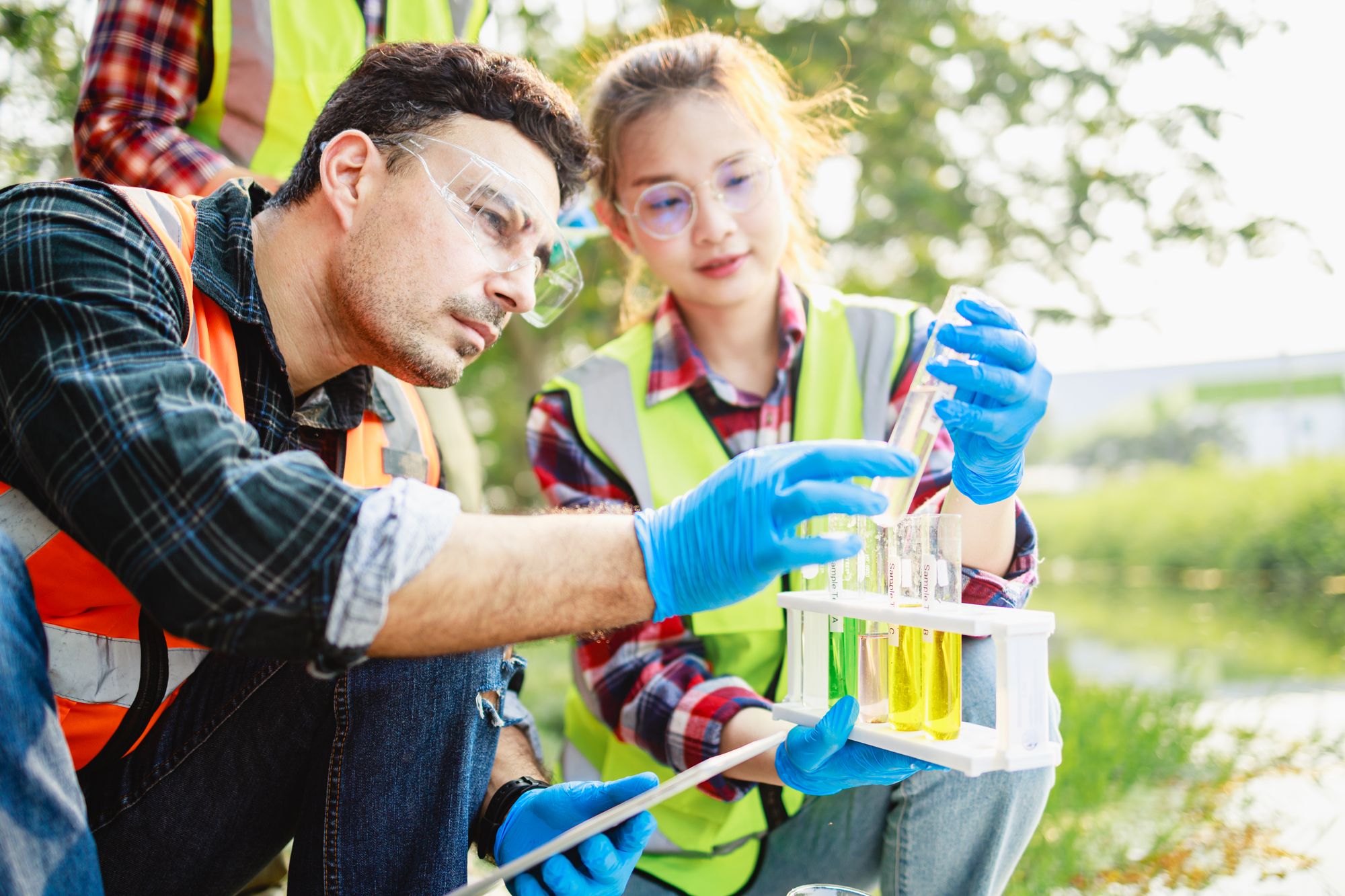Contamination levels are dropping, but the aquifer under Elmira remains a long way from drinking water standards, according to the latest figures provided to Woolwich’s Technical Advisory Group (TAG).
Lanxess provided a status update at last week’s TAG meeting, summarizing the progress made on the cleanup of the contaminated aquifer under the town.
The water under Elmira is divided into two main areas: the upper aquifer and lower aquifer. Both the upper and lower aquifers are contaminated with Nitrosodimethylamine (NDMA) and chlorobenzene.
The contaminants were discovered more than three decades ago, with water being piped in from Waterloo since that time.
The largest column of contamination, known as a plume, is the plume of NDMA in the upper aquifer. This plume has decreased in size by almost 60 per cent since 1993, according to the report presented by Joe Ricker, a consultant hired by Lanxess. In 1993, the plume was estimated to be 376 hectares in size.
The average concentration of NDMA in the plume has decreased by about 99 per cent and the amount of actual mass of NDMA has decreased by more than 99 per cent, according to the report.
However, the water in the aquifer has not reached Ontario Drinking Water Quality Standards for NDMA, which is nine parts per trillion.
The method used to decontaminate the aquifer is called pump and treat, meaning wells installed throughout the aquifer pump out the water, which is then piped to a treatment facility on the Lanxess property. There, it is cleaned to drinking water standards and released into the Canagagigue Creek.
For some parts of the aquifer, the pump-and-treat system has worked to the point that NDMA is no longer detected. However, the aquifer also exhibits a phenomenon called back diffusion. This means that the aquitard, the more dense material that encases the aquifer, is itself contaminated with NDMA due to the decades of contamination and the forced movement of contaminated water through the aquitard by wells. Because of that contamination, NDMA slowly leaks into the aquifer from the aquitard itself.
To get at those deposits of NDMA, Lanxess staff use a pulse pumping method at one of the pumping sites. When the amount of NDMA extracted at the pump reaches non-detect levels, the pump is turned off. Then, more NDMA leaks from the aquitard into the aquifer. The NDMA is allowed to collect, and then the pump is turned back on to remove it.
In the early 1990s, when the contamination of Elmira’s aquifer came to light, the Ministry of Environment ordered that whichever company owns the site must continually treat the aquifer until it reaches drinking water standards. The control order’s initial deadline was for 2028.
“There is an expectation that [the aquifer off the Lanxess site] will be cleaned up to the drinking water standard, and that’s the goal,” said Ramin Ansari, the corporate manager of environmental affairs and remediation at Lanxess, during his presentation to the technical advisory committee.
However, he also says he believes some of the wells may not achieve the Ontario Drinking Water Standard, particularly by the province’s original deadline of 2028, adding all stakeholders in the cleanup need to start asking themselves what happens next.
“If pulse pumping doesn’t get you there [to drinking water standards], then what happens?” he said. “Because scientifically it shows it’s not going to happen, so then politically and administratively, what to do next?
“In one way, it’s a sustainability issue. It’s a waste of energy. It’s a waste of water to pump that out, treat it, and then dump it in the creek,” he contended.
Could the aquifer continue to be pulse pumped indefinitely, perhaps hundreds of years, until all the contamination has been drawn out of the aquifer and aquitard?
“You could absolutely do that,” said Tiffany Svensson, the chair of TAG. “[Lanxess] has to keep doing this [by order of the Ministry of Environment] until it either is completely cleaned up, or we find another way of defining what cleanup is. If it’s 200 years, it’s 200 years.
“But the question has to be asked, is there a better way to spend the kind of money that we’re spending on just pumping clean water? Do we start looking at maybe we start pulse-pumping more of the wells, not just this one well? Maybe we focus in on part of the plume that’s particularly challenging and we try and remediate it in some kind of other way. There are other technologies that may or may not be suitable for parts of the aquifer. These are the questions we have to ask and look at. We haven’t had a broader conversation around that yet.”
Svensson says that although the progress has become very slow, the process is still making headway.
“I would say that when I look at the difference between 2021 and 2022, I’m still seeing improvement. When you flick between the 2021 and 2022 datasets and the images, you still see improvement, so I would like to see that continue.”
Decades of improper waste disposal by subsequent owners of the chemical production site now owned by Lanxess led to contamination of the aquifer under Elmira, particularly NDMA, a cancer-causing chemical.


